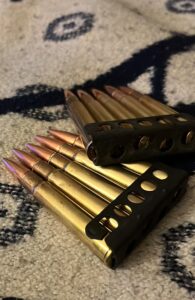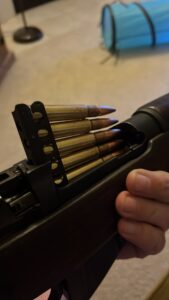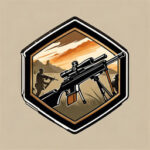The first Rifle I ever shot was while I was in the Army Cadet Force in the UK in the 1980’s, the rifle in question was a Lee Enfield .303, most likely a No. 4 Mk I . A Lot of the ones we used were originally Canadian issued WWII surplus.
The Lee-Enfield .303 rifle, born from the merging of James Paris Lee’s bolt-action design and Enfield’s rifling system, emerged as a pivotal firearm in British military history. Initially introduced as the Lee-Metford in 1895, it boasted a ten-round box magazine loaded by charger clips, a groundbreaking feature at the time. Throughout its evolution, the Lee-Enfield proved its mettle during World War I, becoming the standard-issue rifle for British and Commonwealth troops. Its reliability, rapid action, and high magazine capacity rendered it well-suited for the trench warfare conditions of the era.
Continuing its legacy into World War II, the Lee-Enfield remained the primary rifle for British and Commonwealth forces, showcasing its durability and effectiveness in combat yet again. Its role persisted through the post-war era, as it remained in service with various military and police forces globally. Despite being gradually replaced by more modern firearms, the Lee-Enfield’s impact endured, leaving an indelible mark on popular culture through its appearances in films, literature, and historical accounts.
Produced in several variants and manufactured not only in Britain but also in countries like India, Australia, Canada, and the USA, the Lee-Enfield .303 rifle symbolized British military prowess and ingenuity. Its design influenced subsequent firearms development and played a significant role in shaping military tactics and strategies during the late 19th and early 20th centuries. As a reliable and effective infantry rifle, the Lee-Enfield stands as a testament to the endurance and adaptability of British military technology across decades of service.
– English Bob



